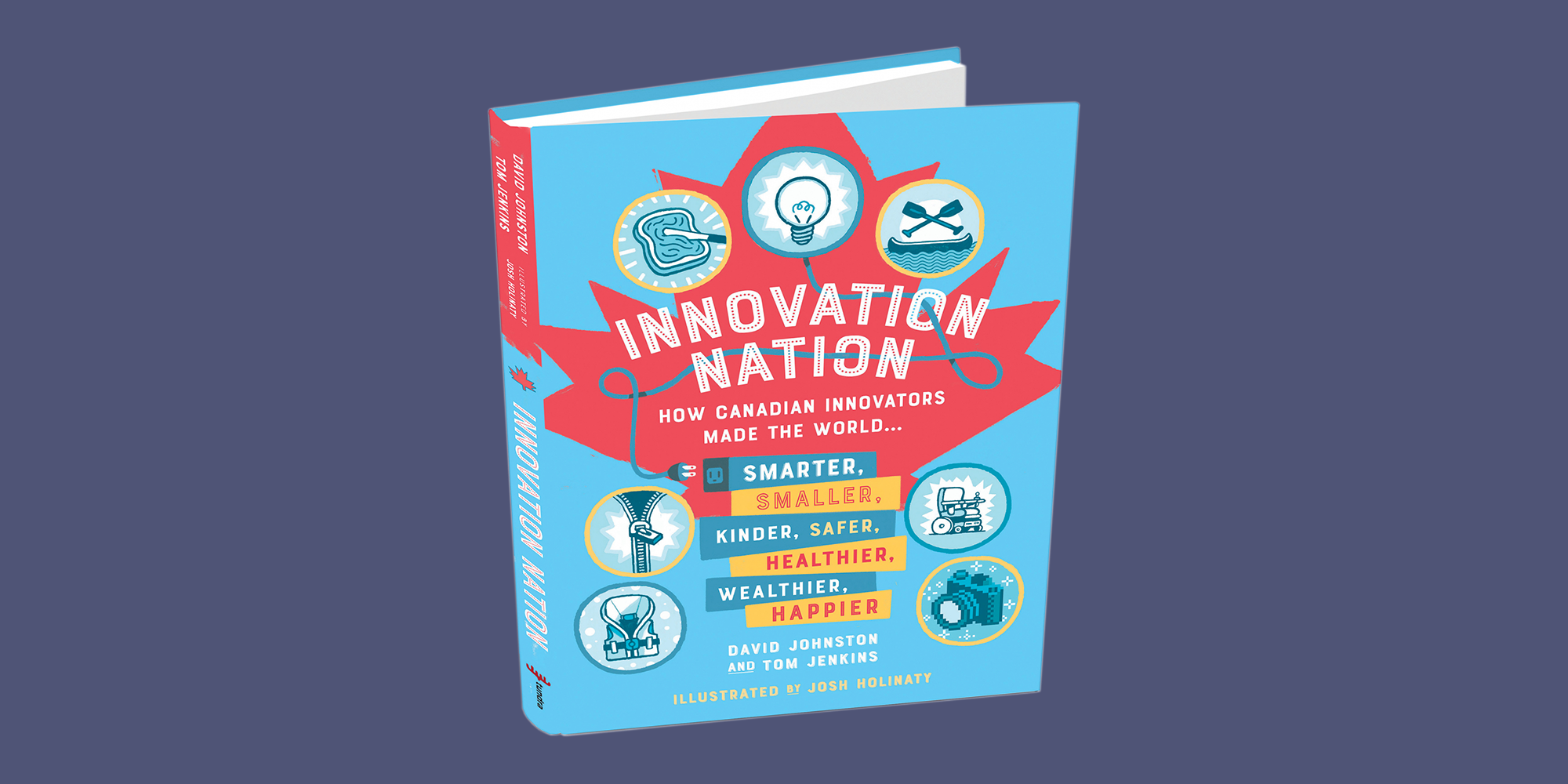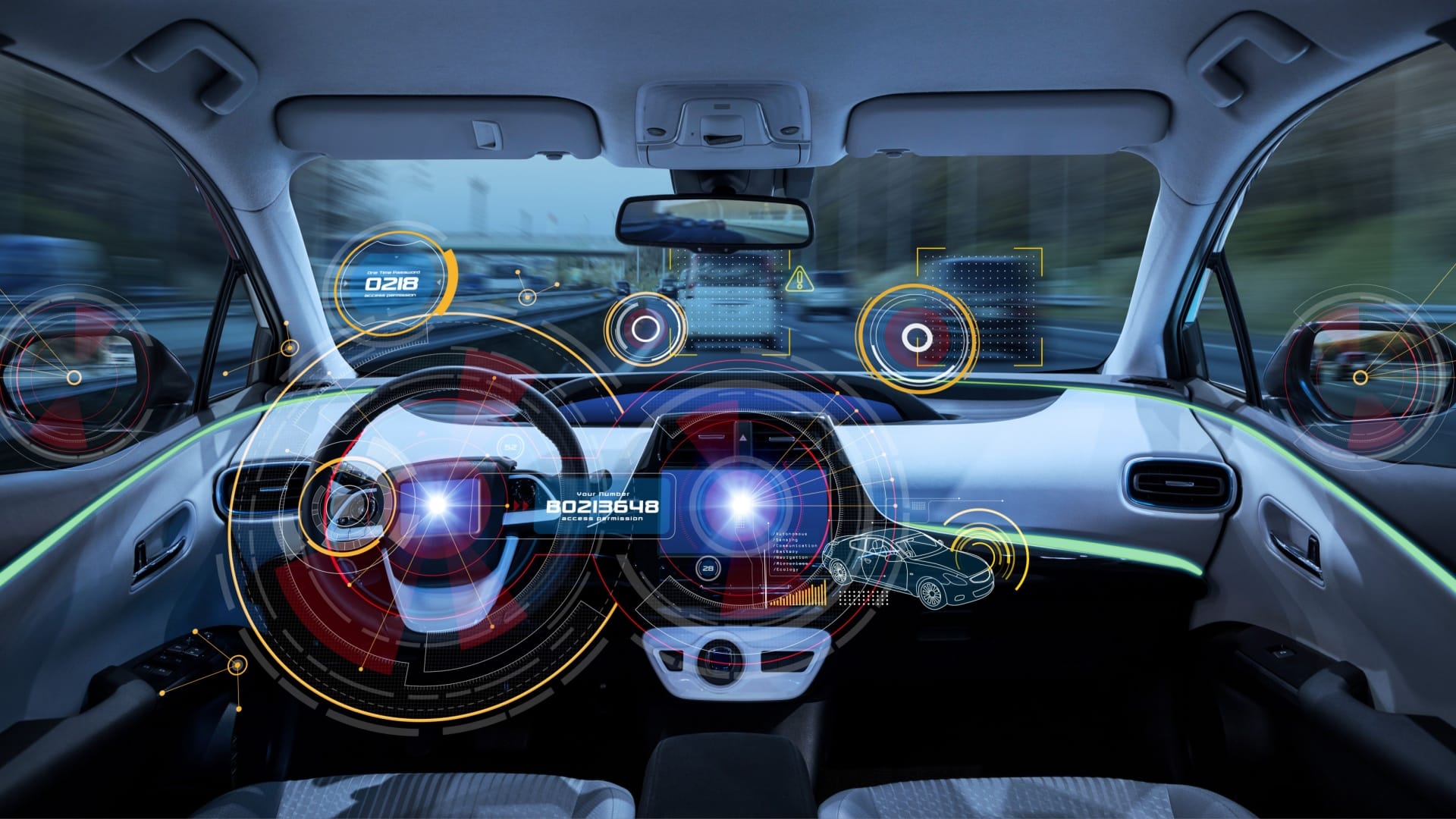Innovation Nation: Breakthroughs That Are Changing the World Every dawn ushers in a new chapter of human ingenuity. From lab benches to launchpads, visionaries are rewriting possibility. These watershed moments not only redefine industries—they reshape societies. As international innovation news continues to proliferate, the tempo of transformation accelerates. The result? A global tapestry woven with discoveries that once dwelled only in science fiction. Prepare to journey through the most paradigm-shifting breakthroughs—each a testament to humanity’s boundless creativity.

1. Quantum Computing: The Next Computational Frontier
1.1 From Bits to Qubits
Traditional computers use bits—zeros and ones—to process information. Quantum computers, however, harness qubits, which exist in a superposition of states. This grants them the power to perform complex calculations at speeds unimaginable just a decade ago.
1.2 Supremacy Achieved
In recent international innovation news, Google’s Sycamore processor achieved quantum supremacy, solving a problem in seconds that would take the fastest supercomputers millennia. This milestone is not merely symbolic. It portends breakthroughs in cryptography, optimization, and modeling of molecular structures.
1.3 Real-World Applications
Pharmaceutical giants are already exploring quantum algorithms to simulate protein folding. Supply-chain logistics firms are investigating quantum optimization to streamline global delivery networks. Financial institutions eye risk modeling at quantum pace, anticipating a seismic shift in portfolio management. Such developments exemplify quantum computing’s potential to catalyze cross-industry revolution.
2. CRISPR and Gene Editing: Rewriting the Code of Life
2.1 The CRISPR-Cas9 Revolution
CRISPR-Cas9 transformed gene editing from an arduous endeavor into a precision tool. By guiding the Cas9 enzyme to specific DNA sequences, scientists can now excise or replace genetic material with unprecedented accuracy.
2.2 Curing the Incurable
Recent clinical trials harnessing CRISPR to treat sickle cell anemia and beta-thalassemia have delivered curative outcomes. Patients once reliant on transfusions now exhibit normalized hemoglobin levels. This medical alchemy underscores how CRISPR is morphing genetic disorders into vestiges of the past.
2.3 Ethical and Regulatory Horizons
As international innovation news reports proliferate, ethical considerations intensify. Germline editing, while promising to eradicate inherited diseases, raises questions about designer babies and ecological implications. A robust regulatory framework is paramount to balance innovation with moral stewardship.
3. Artificial Intelligence: From Narrow to General Intelligence
3.1 Beyond Narrow AI
Narrow AI excels at specific tasks—chess, image recognition, or language translation. True general AI, however, would emulate human-like cognitive versatility. Although general AI remains aspirational, strides in deep learning and neural architectures hint at its eventual arrival.
3.2 Transformers and Language Mastery
OpenAI’s GPT series and Google’s PaLM exemplify transformative progress. These massive language models, trained on trillions of tokens, generate coherent prose, code, and poetry. The latest international innovation news highlights multimodal systems that seamlessly integrate text, images, and even video understanding.
3.3 Real-Time Decision Systems
In healthcare, AI-driven diagnostic tools analyze radiology scans with accuracy rivalling expert clinicians. Autonomous vehicles leverage AI to interpret sensor data and navigate complex traffic scenarios. In finance, algorithmic trading bots execute transactions in microseconds. The ripple effect of AI’s ascent promises to permeate every facet of daily life.
4. Renewable Energy: Harvesting Power from Nature
4.1 Solar Photovoltaics and Perovskites
Silicon-based solar panels have dominated the market, but perovskite solar cells are emerging as a game-changer. These crystalline materials boast high efficiency and low production costs. Laboratory devices now exceed 25% efficiency, rivaling traditional modules.
4.2 Offshore Wind Farms
Turbines atop ocean waves capture stronger, more consistent winds. Floating platforms expand deployment to deeper waters. Recent international innovation news spotlights mega-projects in the North Sea and off the coast of California, each capable of powering millions of homes.
4.3 Energy Storage Breakthroughs
Improved battery chemistries—solid-state lithium, sodium-ion, and flow batteries—address intermittency challenges. Novel materials, such as lithium-sulfur and silicon-anode composites, promise energy densities double those of existing solutions. As energy grids become more responsive, the dream of a 100% renewable future inches closer to reality.
5. Space Exploration: New Vistas Beyond Earth
5.1 Commercial Spaceflight
Private enterprises are democratizing access to space. SpaceX’s Starship aspires to ferry cargo and crew to Mars. Blue Origin’s New Shepard provides suborbital tourism experiences. In international innovation news, NASA and ESA collaborate on lunar habitats under the Artemis program.
5.2 Satellite Constellations
Massive networks of low-Earth orbit satellites are delivering global broadband connectivity. Projects like Starlink and OneWeb aim to bridge digital divides in remote regions. The ensuing data revolution could uplift economies through telemedicine, online education, and e-commerce.
5.3 In-Situ Resource Utilization
Lunar ice and asteroid metals present tantalizing prospects for off-world manufacturing. Projects exploring 3D printing with regolith and metal extraction from asteroids have moved from theoretical to experimental stages. This emerging paradigm, once the realm of speculative fiction, now stands at the vanguard of space commerce.
6. Biotechnology: Beyond Medicine
6.1 Synthetic Biology and Biofabrication
Cells can now be programmed to produce materials—from spider silk analogs to lab-grown leather. This fusion of biology and engineering is birthing sustainable textiles, biodegradable packaging, and even cultured meat. The latest international innovation news chronicles startups revolutionizing the supply chain, reducing reliance on petrochemicals and factory farming.
6.2 Microbiome Therapeutics
Understanding the symbiotic relationship between humans and their resident microbes unlocks new medical frontiers. Personalized probiotics, fecal microbiota transplants, and microbiome-targeting small molecules are poised to address gastrointestinal disorders, metabolic disease, and mental health. Such microbiome modulation exemplifies precision medicine’s expansion beyond genetics.
7. Advanced Materials: Crafting Tomorrow’s Foundations
7.1 Graphene and Beyond
Graphene’s two-dimensional lattice endowed it with superlative strength and conductivity. Yet scaling production remains challenging. Meanwhile, emergent 2D materials—borophene, phosphorene, and MXenes—offer diversified electronic, optical, and mechanical properties, heralding a new era of multifunctional composites.
7.2 Self-Healing and Adaptive Materials
Inspired by biological systems, researchers engineer polymers that autonomously repair cracks. Others develop shape-memory alloys that morph in response to temperature or stimulus. Applications span from resilient infrastructure to adaptive aerospace components, embodying material intelligence.
7.3 Metamaterials and Invisibility Cloaks
By structuring materials at subwavelength scales, scientists manipulate electromagnetic waves in unprecedented ways. These metamaterials can bend light around objects, paving the path toward cloaking devices, superlenses, and advanced antennas. Though in nascent stages, prototypes already demonstrate feasibility at microwave frequencies.
8. Climate Tech: Innovations for a Sustainable Planet
8.1 Carbon Capture and Utilization
Direct air capture facilities are sprouting worldwide, extracting CO₂ for sequestration or conversion into fuels and building materials. Breakthrough catalysts and porous sorbents are enhancing efficiency, reducing energy demands. The integration of carbon capture into industrial processes signals a proactive approach to climate mitigation.
8.2 Precision Agriculture
Drones, sensors, and AI algorithms monitor soil moisture, nutrient levels, and pest infestations in real time. Variable-rate irrigation and targeted pesticide delivery optimize yield while conserving resources. The concept of “farm-as-a-service” is democratizing access to advanced agritech, boosting global food security.
8.3 Ocean Cleanup and Plastic Remediation
Autonomous vessels and skimming arrays collect plastic debris from gyres. Enzymatic solutions degrade microplastics, and bio-based alternatives supplant single-use polymers. This confluence of engineering and biology reflects the international innovation news emphasis on regenerative solutions to environmental crises.
9. Human-Computer Interfaces: Merging Mind and Machine
9.1 Brain-Computer Interfaces (BCIs)
Neural implants decode intent directly from brain signals. Clinical trials for paralysis patients have enabled thought-controlled prosthetics and cursors. Companies are exploring noninvasive helmets that translate neural activity into digital commands, foreshadowing hands-free interaction paradigms.
9.2 Augmented and Virtual Reality
AR glasses overlay contextual information onto the physical world. VR headsets transport users to fully immersive environments. Training simulations for surgeons, pilots, and first responders harness these tools to sharpen skills without real-world risks. The blurring of physical and digital realms is becoming a hallmark of the modern workplace and social interactions.
10. Urban Tech and Smart Cities: The Cities of Tomorrow
10.1 IoT and Ubiquitous Sensing
Smart streetlights, traffic sensors, and waste bins linked to data networks optimize resource allocation—reducing energy use, improving traffic flow, and minimizing environmental impact. Real-time analytics enhance public safety through predictive policing and dynamic emergency response.
10.2 Mobility and Microtransit
Electric scooters, autonomous shuttles, and on-demand ride-pooling platforms redefine urban mobility. Mobility-as-a-Service (MaaS) integrates these modes into unified apps, granting citizens seamless, multimodal trip planning. These shifts promise reduced congestion and cleaner air in hyper-dense metropolises.
10.3 Vertical Farming and Green Architecture
Skyward farms sprout within repurposed skyscrapers, employing hydroponics and LED lighting to grow produce with minimal land and water use. Living facades clad buildings in vegetation, sequestering carbon and insulating interiors. Biophilic design fosters symbiosis between occupants and their environments.
Conclusion
From the infinitesimal dance of qubits to the grand tapestry of smart cities, innovation pulses through every facet of modern existence. These breakthroughs—spotlighted in international innovation news—are not isolated marvels. They interweave to forge a resilient, sustainable, and equitable future. As these technologies mature, their confluence will redefine what it means to be human in a world where possibility is the only constant. Embrace the dawn of this Innovation Nation, for its promise knows no bounds.






